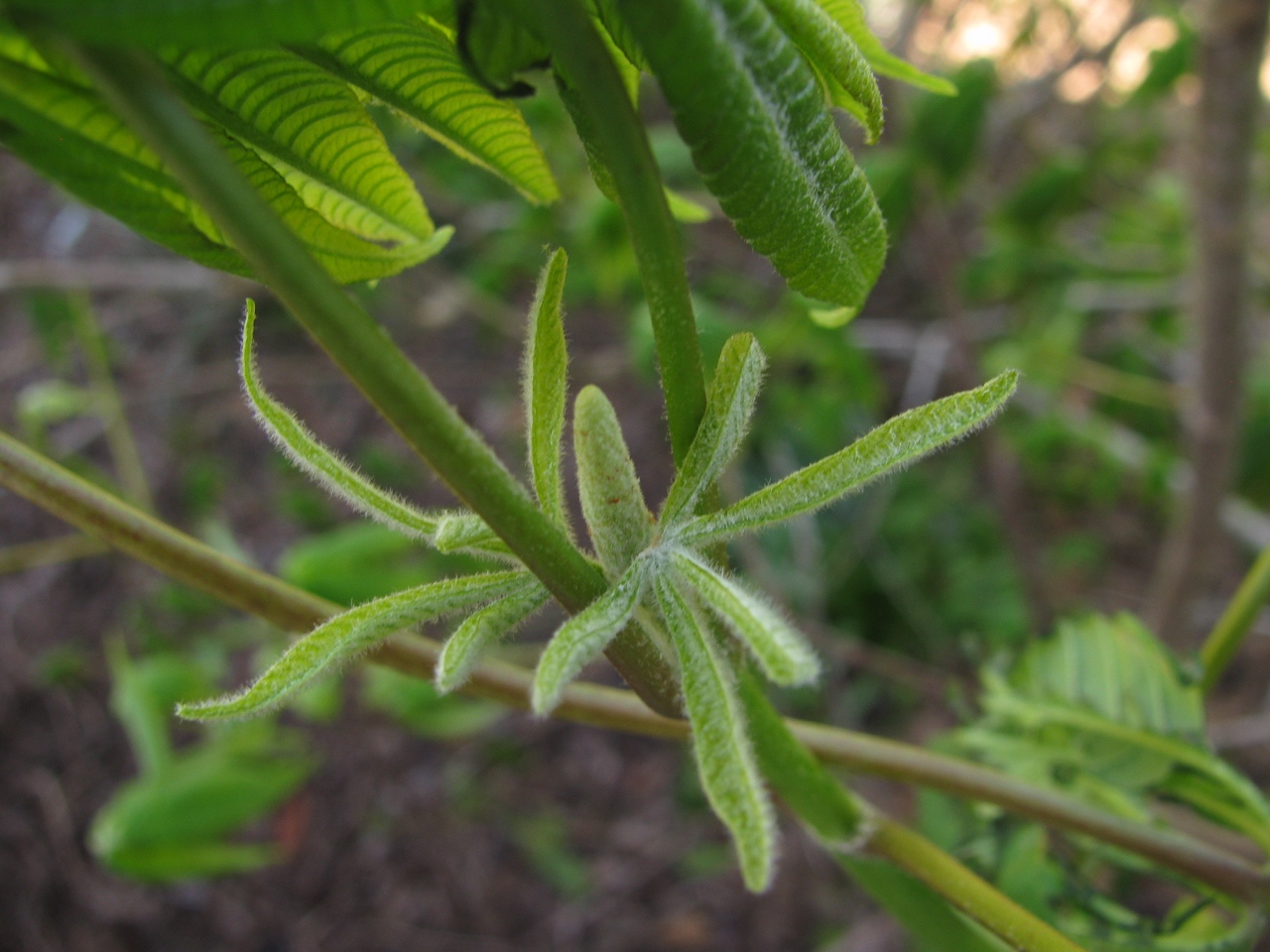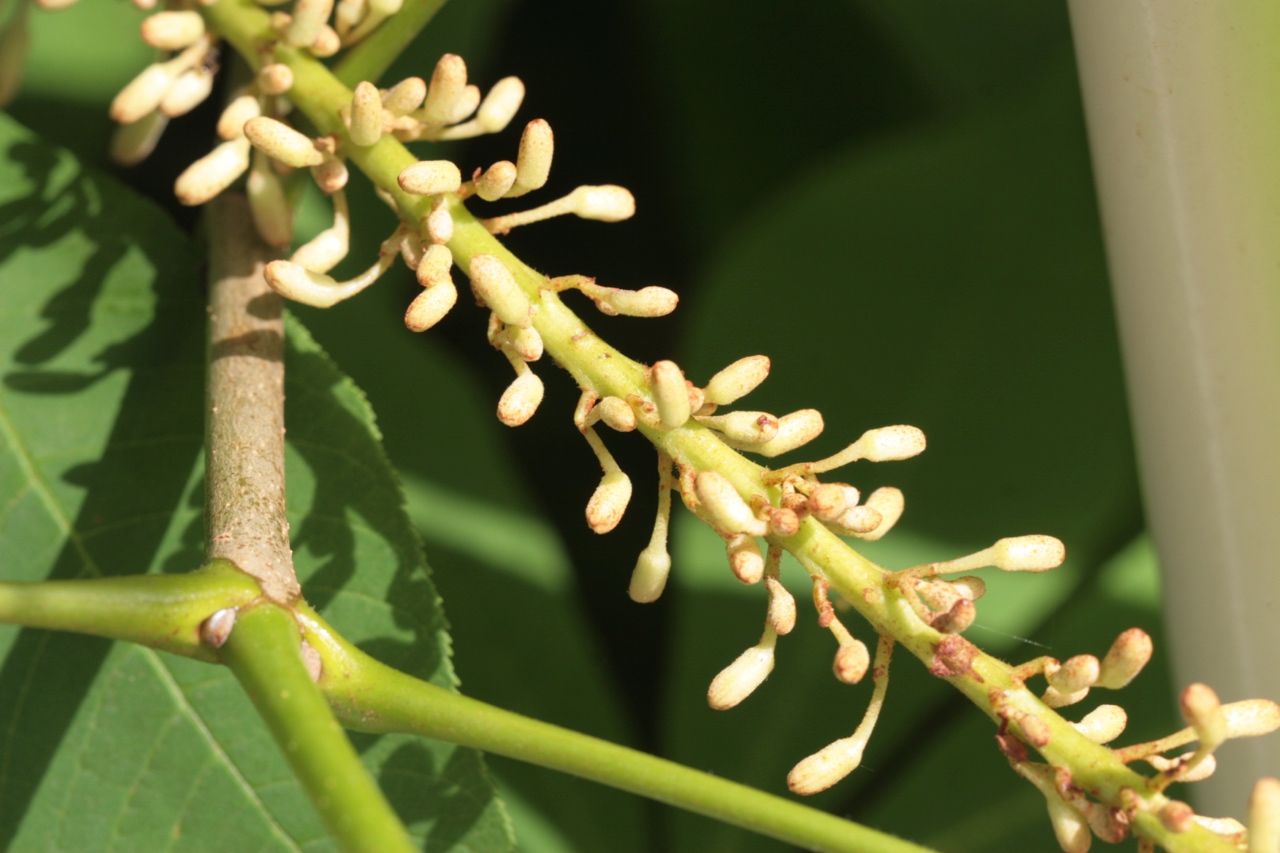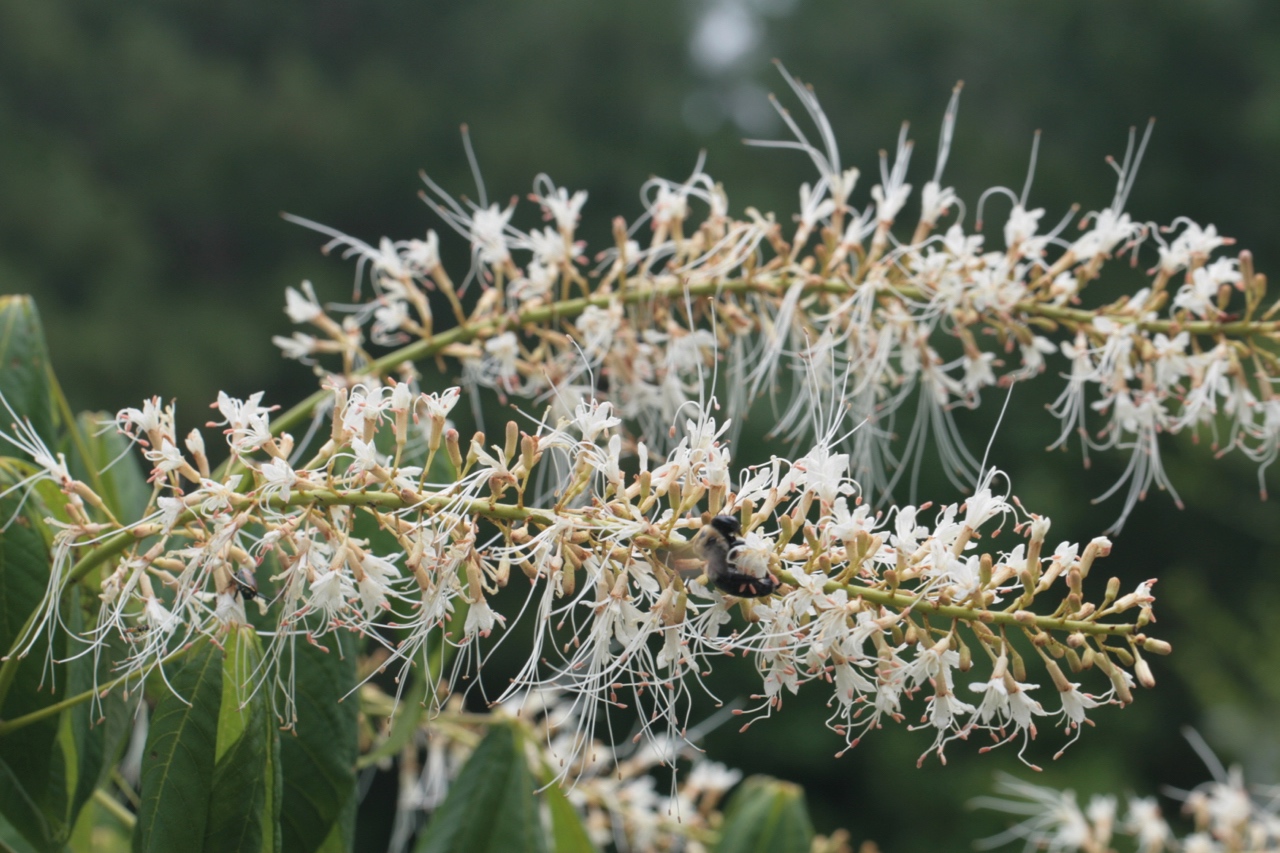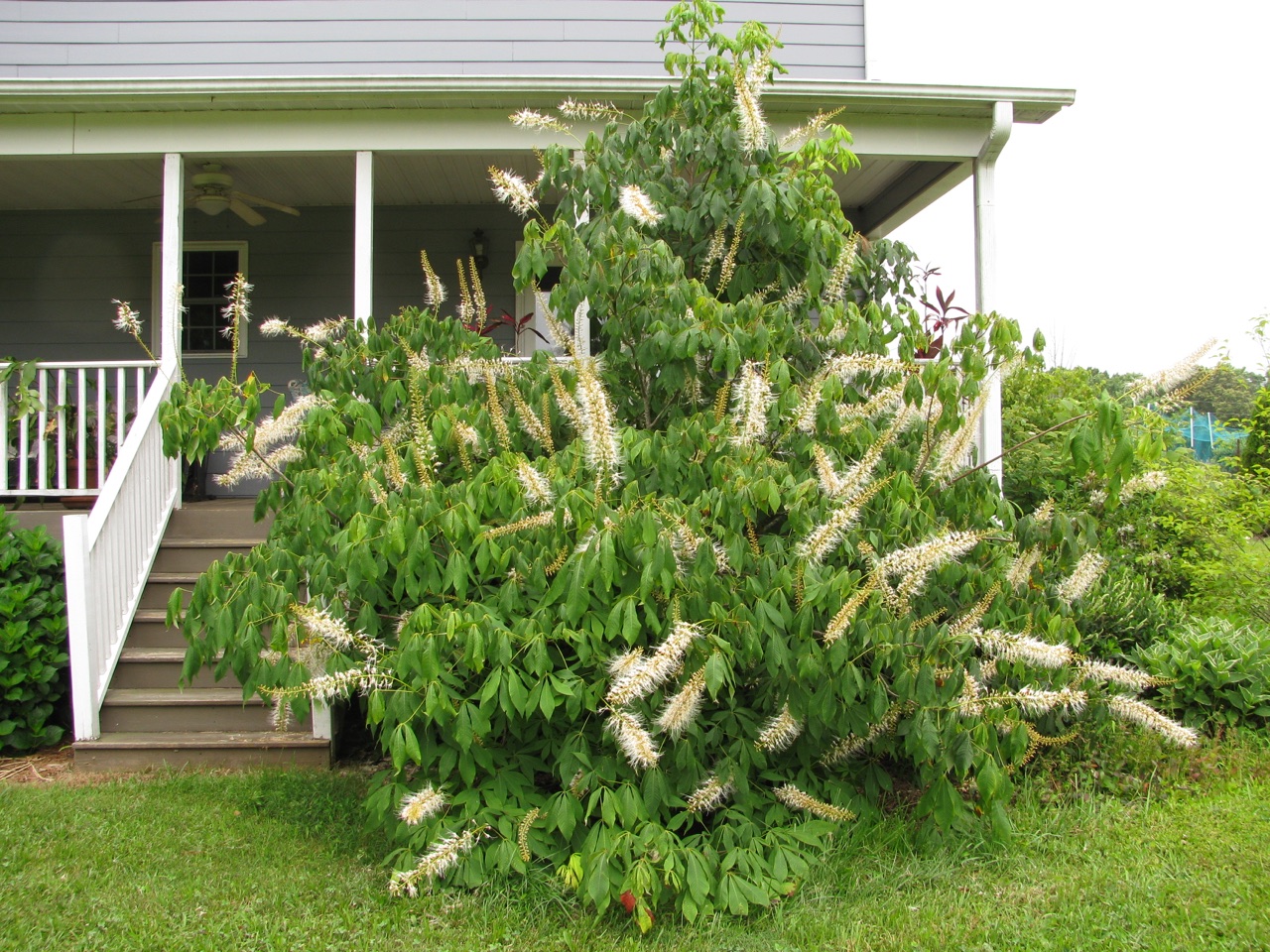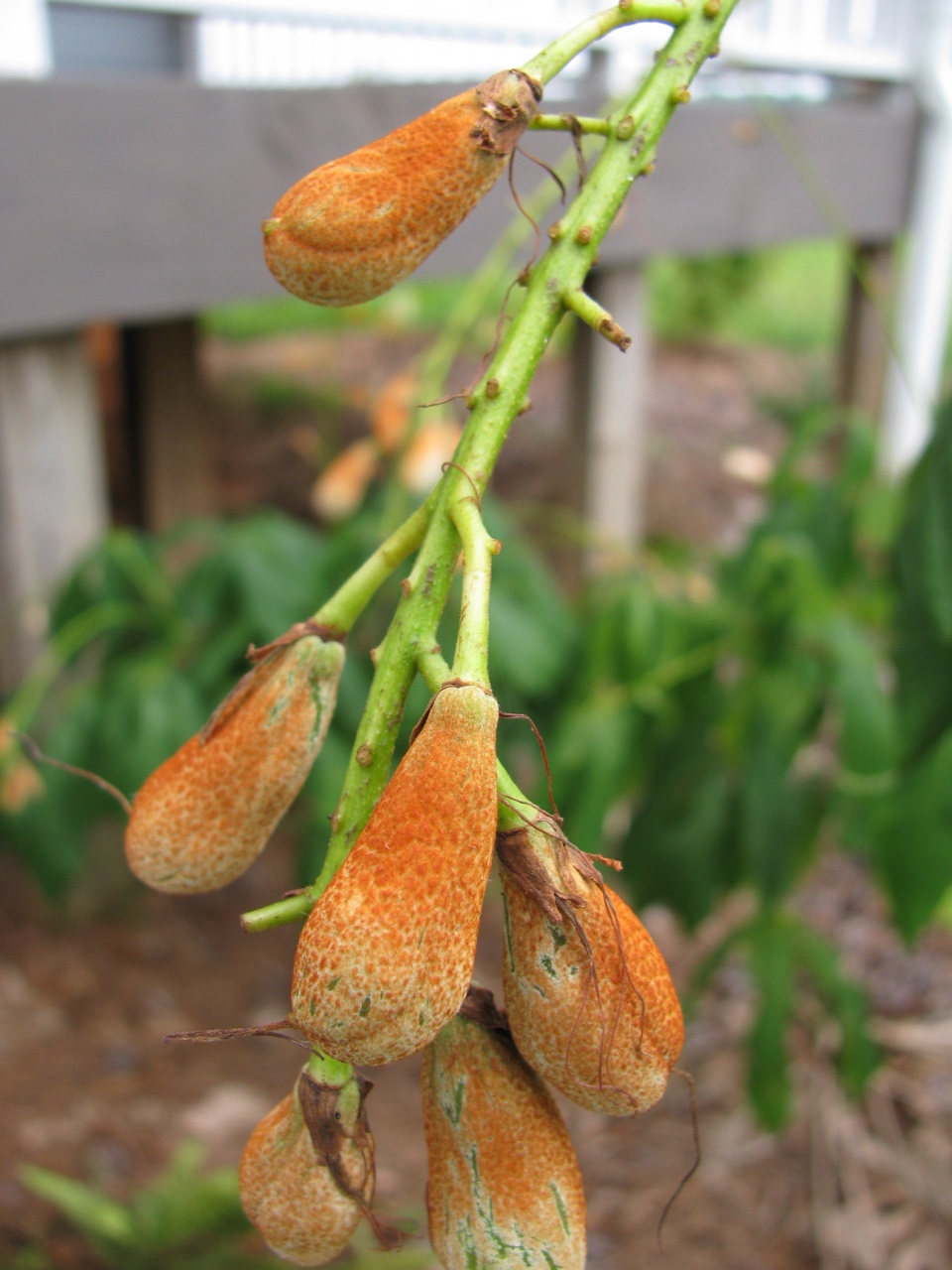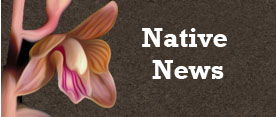NC Native Plant Society:
Plant Details
Aesculus parviflora
Bottlebrush Buckeye
Scientific Name: |
Aesculus parviflora |
|---|---|
Genus: |
Aesculus |
Species Epithet: |
parviflora |
Common Name: |
Bottlebrush Buckeye |
Plant Type |
Shrub |
Life Cycle |
Perennial |
Plant Family |
Hippocastanaceae (Horse-Chestnut Family) |
Native/Alien: |
S.E. Native |
Invasive Status: |
(*Key) |
Size: |
6-12 ft. |
Bloom Color(s): |
White |
Light: |
Part Shade - 2 to 6 hours of sun per day |
Soil Moisture: |
Dry, Moist |
Bloom Time: |
May |
Habitat Description: |
Mesic forests on bluffs and in ravines (the SC occurrence is on Fall Line river bluffs, with shaley, subcalcareous soils). A waif in NC (occasionally escaped from cultivation). |
Leaf Arrangement: |
Opposite |
Leaf Retention: |
Deciduous |
Leaf Type: |
Leaves veined, not needle-like or scale-like |
Leaf Form: |
Compound |
Life Cycle: |
Perennial |
Wildlife Value: |
Important for Wildlife |
Landscape Value: |
Highly Recommended and Available |
State Rank: |
(*Key) |
Global Rank: |
G3 - Vulnerable (*Key) |
State Status: |
(*Key) |
|
Emerging inflorescence in April Home garden in Orange County, NC
Bettina Darveaux |
|
|
Flower buds in June Home garden in Orange County, NC
Bettina Darveaux |
|
|
Flower spike attracts many insects end of June into early July Home garden in Orange County, NC
Bettina Darveaux |
|
|
Large shrub. Because sited in a sunnier location than it prefers, the palmately compound leaves tend to droop. Progression of flowering on the spike is from the bottom to the tip. Home garden in Orange County, NC
Bettina Darveaux |
|
|
Developing fruit at the end of July Home garden in Orange County, NC
Bettina Darveaux |
|
|
Mature fruit in mid-September. The fruit is a leathery capsule containing 1-3 large, shiny, seeds. Garden in Orange County, NC
Bettina Darveaux |
|
|
Mature seeds released from capsule Garden in Orange County, NC
Bettina Darveaux |
|
Links: |
NC Extension Gardener Plant Toolbox: https://plants.ces.ncsu.edu/plants/aesculus-parviflora/ https://www.wildflower.org/plants/result.php?id_plant=AEPA2 |
back to top
go to plant details search
go to plant images search
go to gallery home
back to Initial a Gallery
back to orchids
back to Carnivorous Plants
back to Trilliums

